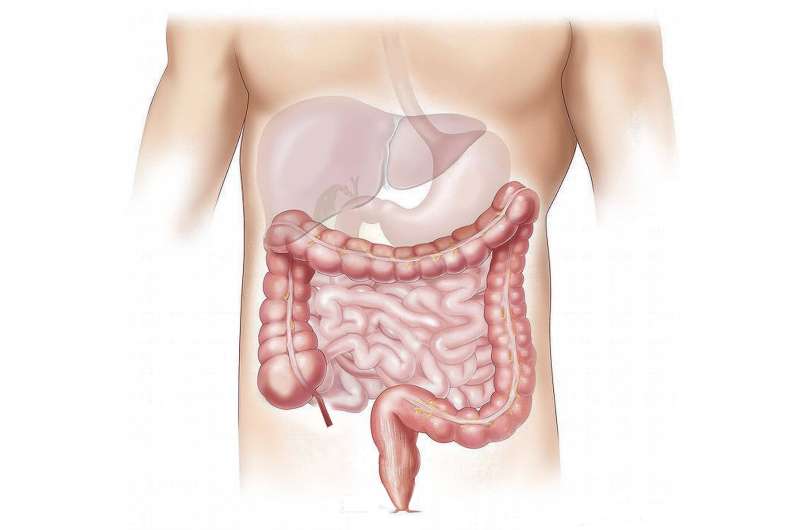Understanding What an IBD Diagnosis Means and Its Implications

Learn about Inflammatory Bowel Disease (IBD), its symptoms, diagnostic processes, and treatment options to better understand this chronic condition affecting the digestive system.
Inflammatory Bowel Disease (IBD) is a term used to describe a group of chronic conditions characterized by inflammation and swelling in the digestive tract. The two main types of IBD are ulcerative colitis and Crohn's disease, each affecting different parts of the gastrointestinal (GI) system and exhibiting distinct behaviors over time.
Ulcerative colitis primarily involves inflammation of the colon and rectum, leading to ulcer formation, bleeding, and symptoms such as abdominal pain, diarrhea, and fatigue. Crohn's disease, on the other hand, can affect any part of the GI tract from the mouth to the anus, often involving the small intestine, and may cause symptoms like weight loss, pain, and fatigue. While some individuals experience mild symptoms, others may face severe, life-threatening complications.
Diagnosing IBD involves a comprehensive process including medical history, symptom assessment, and various tests. Blood tests can identify signs of inflammation, anemia, or infections. Stool studies help rule out infections and detect markers of inflammation. Endoscopic procedures, such as colonoscopy and flexible sigmoidoscopy, enable visualization of the bowel and allow biopsy collection for definitive diagnosis. Advanced imaging techniques like capsule endoscopy and balloon-assisted enteroscopy help examine deeper parts of the small intestine.
Treatment usually begins with medications, including anti-inflammatory drugs, immune suppressors, and biologics targeting immune pathways to manage inflammation and symptoms. Surgery might become necessary if medications are ineffective, not tolerated, or complications develop. For ulcerative colitis, a colectomy (removal of the colon and rectum) may be performed, often with the construction of an internal pouch that allows waste to pass normally, or a permanent ileostomy if an internal pouch isn't feasible.
In Crohn's disease, surgery typically involves removing damaged segments of the digestive tract and reconnecting healthy tissue, with the aim to preserve as much healthy bowel as possible. Surgical intervention is tailored to the individual's condition and is influenced by factors such as disease severity, response to treatment, overall health, and personal preferences. Emergency surgeries may be necessary in urgent cases like perforation or severe bleeding.
Understanding IBD and its management options is essential for patients to make informed decisions in collaboration with their healthcare team. Managing IBD effectively can significantly improve quality of life, reduce symptoms, and prevent serious complications.
Source: https://medicalxpress.com/news/2025-08-ibd-diagnosis.html
Stay Updated with Mia's Feed
Get the latest health & wellness insights delivered straight to your inbox.
Related Articles
Innovative Two-Layer Neural Model Mimics Brain's Complex Visual Processing
Scientists have developed a simplified two-layer neural network that accurately replicates the complex visual processing in the brain, enhancing our understanding of neural encoding of visual information.
Nerve Cells Responsible for Pain Detection Could Offer New Strategies to Treat Lung Scarring
New research reveals pain-sensing nerve cells play a crucial role in protecting the lungs from scarring, opening potential new treatments for pulmonary fibrosis.
Gut Bacterial Molecule Promotes Kidney Fibrosis in Diabetes
New research reveals that a molecule produced by gut bacteria, corisin, plays a crucial role in promoting kidney fibrosis in diabetic patients. Blocking corisin could offer a novel approach to prevent kidney failure.
Wild Mushroom Season in Australia: Essential Safety Tips to Prevent Poisoning
Australia's wild mushroom season brings beautiful but potentially dangerous fungi. Learn essential safety tips to avoid poisoning and stay healthy during this time.



